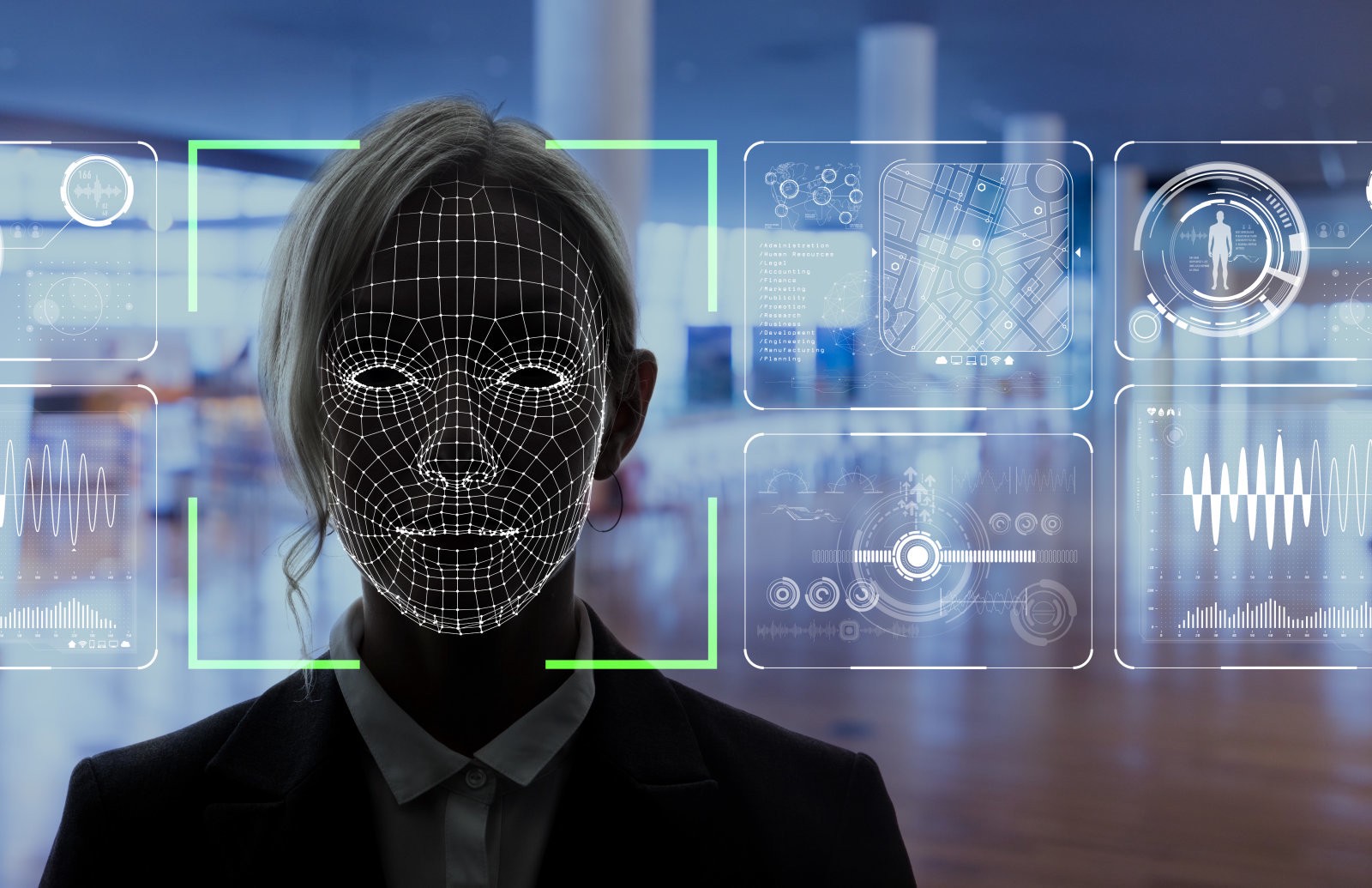Face recognition systems use computer algorithms to pick out specific, distinctive details about a person’s face. These details, such as distance between the eyes or shape of the chin, are then converted into a mathematical representation and compared to data on other faces collected in a face recognition database. The data about a particular face is often called a face template and is distinct from a photograph because it’s designed to only include certain details that can be used to distinguish one face from another.
Some face recognition systems, instead of positively identifying an unknown person, are designed to calculate a probability match score between the unknown person and specific face templates stored in the database. These systems will offer up several potential matches, ranked in order of likelihood of correct identification, instead of just returning a single result.
Face recognition systems vary in their ability to identify people under challenging conditions such as poor lighting, low quality image resolution, and suboptimal angle of view (such as in a photograph taken from above looking down on an unknown person).

